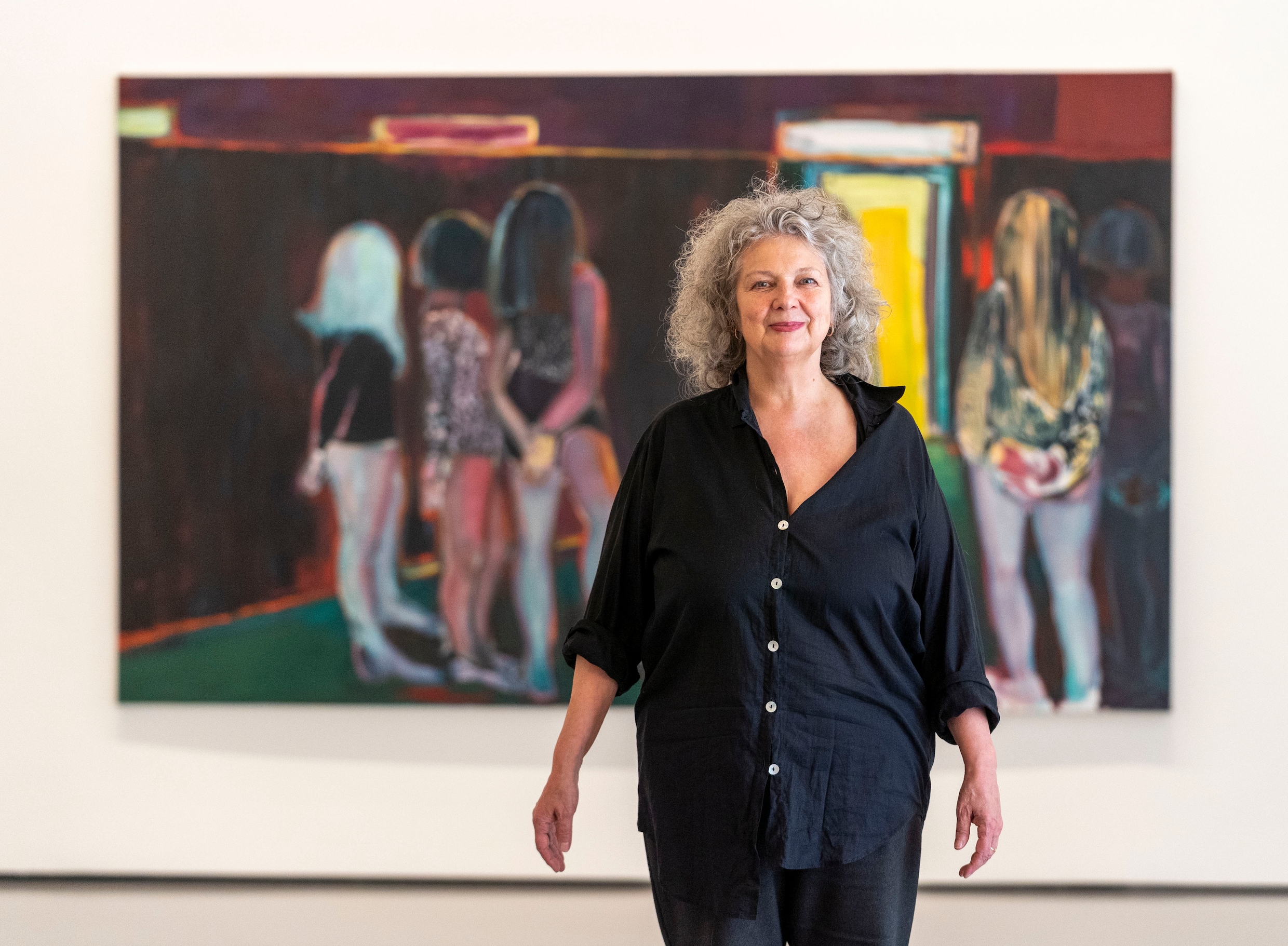
South African–born, Netherlands-based artist Marlene Dumas has officially become the first contemporary woman artist to join the permanent collection of the Louvre Museum — a groundbreaking shift in the institution’s 200-year history.
According to Le Monde, Dumas’s nine-part painting cycle “Liaisons” now occupies a prominent place in the newly renovated Galerie des Cinq Continents in the Denon Wing.
What Was Installed?
The work, “Liaisons,” is a series that explores themes of identity, intimacy, duality, and the complexity of human emotions.
Dumas — known for her psychologically charged portraits — uses fragmented bodies, fluid brushwork, and raw emotional tonality to question what it means to be human in the modern world.
This acquisition is not temporary, not part of a rotating program — it is permanent.
A milestone not only for Dumas, but for women in contemporary art worldwide.
Why This Moment Matters
The Louvre has traditionally been a stronghold of classical Western art — from Greek sculptures to Renaissance masterpieces.
By giving permanent space to Dumas, the museum signals a decisive step into the global, contemporary, and more inclusive art narrative.
This is more than adding a new painting.
It is a symbolic rewriting of what “belongs” in the world’s most iconic museum.
ArtExpoWorld Editorial Thoughts
At ArtExpoWorld, we see this move as a seismic cultural shift.
Here’s why:
1. Representation Finally Moves Forward
When the Louvre adds the work of a contemporary woman artist, it sends a powerful message to museums globally.
This is about fairness, about rewriting historical omissions.
2. Dialogue Between Eras
Dumas’s expressive, psychological, deeply emotional works will now live steps away from Delacroix, da Vinci, and Ingres.
This juxtaposition enriches both the past and the present.
3. The Globalization of Artistic Heritage
Dumas — shaped by life in South Africa and the Netherlands — embodies a multicultural artistic identity that modern audiences resonate with.
Her inclusion shows that the Louvre is expanding beyond Eurocentric narratives.
4. Market Impact
Institutional recognition of this scale always influences an artist’s market trajectory.
Collectors, curators, and museums will watch this moment closely.